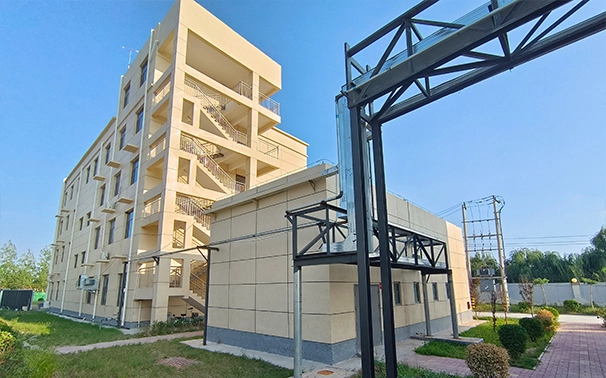Polyacrylamide in Water
Polyacrylamide in Water Applications and Benefits
Polyacrylamide (PAM) is a synthetic polymer that has gained significant attention in various industries due to its versatile properties. When dissolved in water, polyacrylamide forms a gel-like substance that offers numerous applications in fields such as water treatment, agriculture, and even biomedical research.
One of the primary uses of polyacrylamide in water treatment is as a flocculant. In this role, it aids in the aggregation of suspended particles in water, making it easier to remove impurities and clarify water. This is particularly valuable in municipal wastewater treatment facilities, where efficient water purification is crucial. By binding together fine particles, polyacrylamide improves the settling rates of sludge, leading to more efficient processing and cleaner effluents.
In agriculture, polyacrylamide plays a critical role in soil management and water conservation. When mixed into soil, PAM enhances its structure and water retention capacity. This is especially beneficial in arid regions where water scarcity is a pressing issue. By improving the soil's ability to hold moisture, polyacrylamide can reduce the frequency of irrigation needed, leading to more sustainable farming practices. Furthermore, PAM’s ability to reduce soil erosion by stabilizing the soil structure makes it a favorable choice for farmers looking to maintain healthy land.
polyacrylamide in water

The use of polyacrylamide in water-based systems doesn’t end in agriculture and water treatment. It also finds applications in the field of biomedical research. Researchers utilize PAM for drug delivery systems and tissue engineering. Its biocompatibility and the ability to form hydrogels make it an ideal candidate for creating scaffolds that support cellular growth and function. These hydrogels can be infused with drugs or nutrients, allowing for a controlled release in therapeutic applications.
Moreover, polyacrylamide’s unique properties extend to the laboratory setting, where it is frequently used in electrophoresis. This technique is essential for separating macromolecules such as proteins and nucleic acids based on size, allowing researchers to analyze their composition and structure more effectively. The ability to create various concentrations of polyacrylamide gels ensures that this tool can be tailored to the specific needs of different experimental setups.
Despite its benefits, it is important to consider the environmental impact of polyacrylamide. In its unpolymerized form, acrylamide is a neurotoxin and a potential carcinogen. Therefore, precautions must be taken during handling and application to ensure safety. However, when used correctly and in accordance with safety guidelines, polyacrylamide can be an invaluable tool in modern applications.
In summary, the integration of polyacrylamide in water significantly enhances its functional properties across various sectors. Its role as a flocculant in water treatment, a soil conditioner in agriculture, and a facilitator in biomedical applications demonstrates its versatility. As research continues to expand, the potential applications for polyacrylamide in water-based systems remain promising, paving the way for innovative solutions to existing challenges.
-
Water Treatment with Flocculant Water TreatmentNewsJun.12,2025
-
Polymaleic AnhydrideNewsJun.12,2025
-
Polyaspartic AcidNewsJun.12,2025
-
Enhance Industrial Processes with IsothiazolinonesNewsJun.12,2025
-
Enhance Industrial Processes with PBTCA SolutionsNewsJun.12,2025
-
Dodecyldimethylbenzylammonium Chloride SolutionsNewsJun.12,2025





